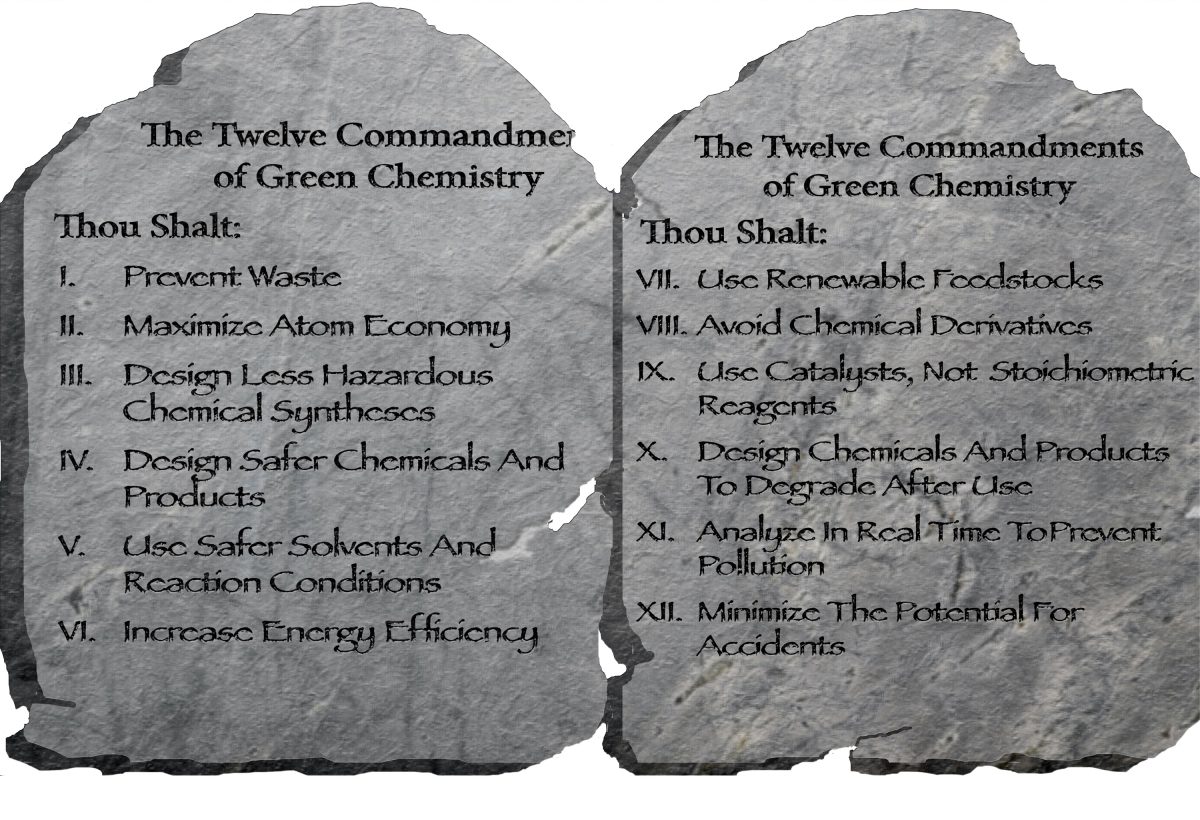The Commandments of Green Chemistry
Our latest blog series is designed to guide peptide chemists towards a greener, more sustainable laboratory. Each of our blog entries (or sermons, if you will) will delve into one principle. If you missed a previous one, they can be found here.
Sixth Commandment: Design for Energy Efficiency
At the halfway point of our review of the ACS Twelve Principles, the subject is “a key issue of the 21st century.”1 The “energy requirements should be recognized for their environmental and economic impacts and should be minimized. Synthetic methods should be conducted at ambient temperature and pressure.” 1 Although energy consumption, if it is considered at all within the peptide synthesis process, is probably something the chemist feels they have little control managing. As Dr. David Constable, Director of the ACS Green Chemistry Institute® states regarding this principle, “heats of formation, heats of vaporization, enthalpy, exothermic reactions, etc.; these are what we think about.” 1 While that might be the case, he urges chemists to consider, “There is so much more to energy and engaging chemists in thinking about energy than asking them to run reactions at ambient temperature and pressure. Reactions themselves are rarely where a majority of energy is used; most is used in solvent removal to set up for the next reaction, or to remove one solvent and replace it with another, or to isolate the desired product, or to remove impurities.” (emphasis by this author) 1This brings us back to solvent use, which has been a running theme of this series. In other words: by reducing solvent use, the chemist is not only reducing the footprint of hazardous materials, but also energy use. When using energy to remove solvents there are essentially three ways to mitigate this consumption: utilize fewer solvents, employ a different method of synthesis, or even an alternative energy source. While solid-phase, liquid-phase, and hybrid peptide syntheses methods all have advantages and disadvantages, depending on scale, complexity, and modifications, there are many situations when the choice of synthesis is not driven by these considerations, but by habit or conventions. In recent years, there have been many advances that have narrowed the disadvantages between the greener options and traditional methods, while the advantages are more apparent and appealing.2-7
References
- https://www.acs.org/content/acs/en/greenchemistry/principles/12-principles-of-green-chemistry.html
- https://pubs.acs.org/doi/10.1021/acs.joc.8b03001
- https://www.tandfonline.com/doi/full/10.1080/17518253.2021.1877363
- https://pubs.rsc.org/en/content/articlelanding/2017/gc/c7gc00247e
- https://researchoutreach.org/articles/alls-swell-greener-replacements-hazardous-solvents-peptide-synthesis/
- https://hal.archives-ouvertes.fr/hal-00433100/document
- https://www.ambiopharm.com/wp-content/uploads/2021/09/CommercialManufacturingPeptides.pdf
Resources

